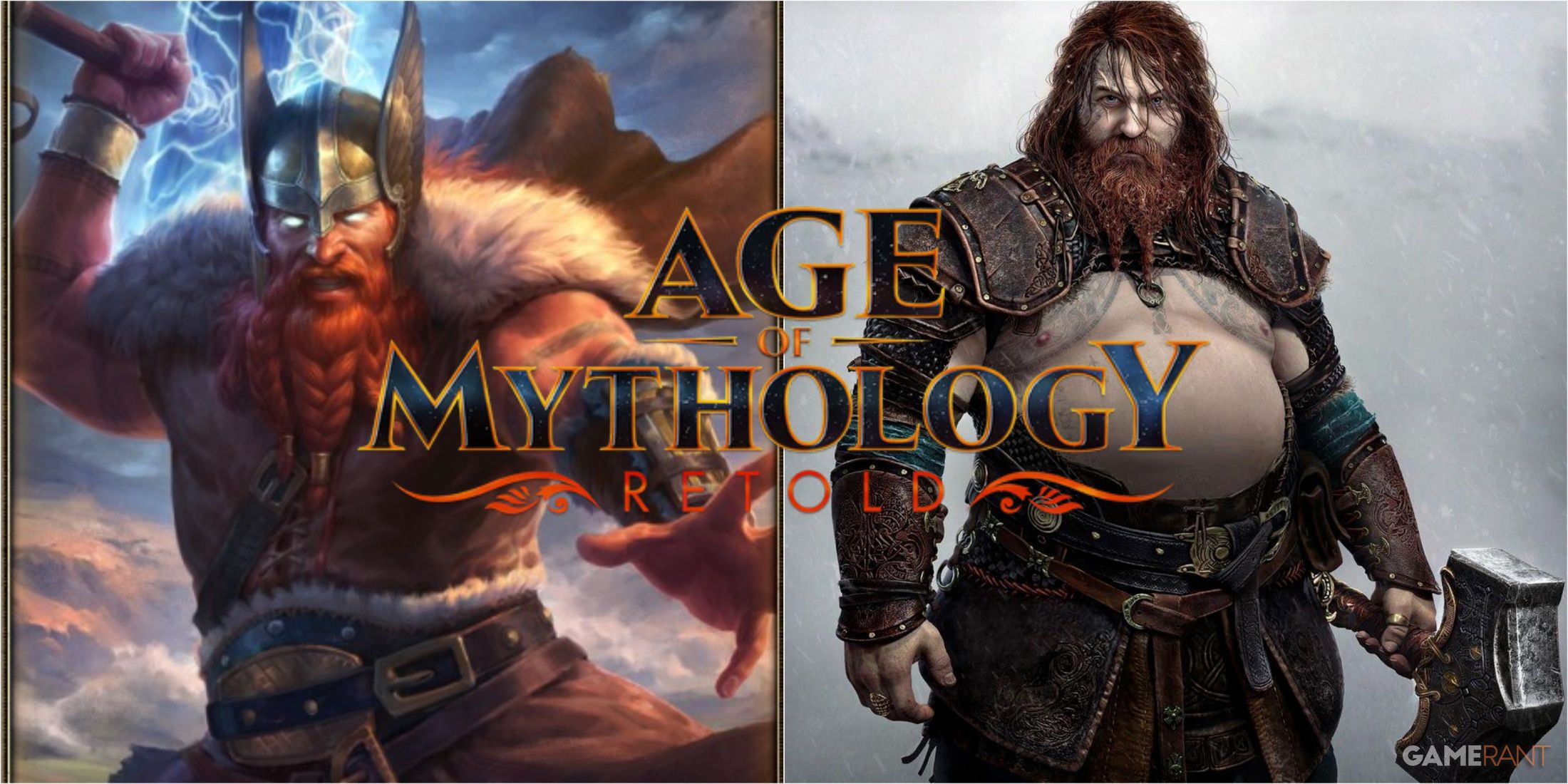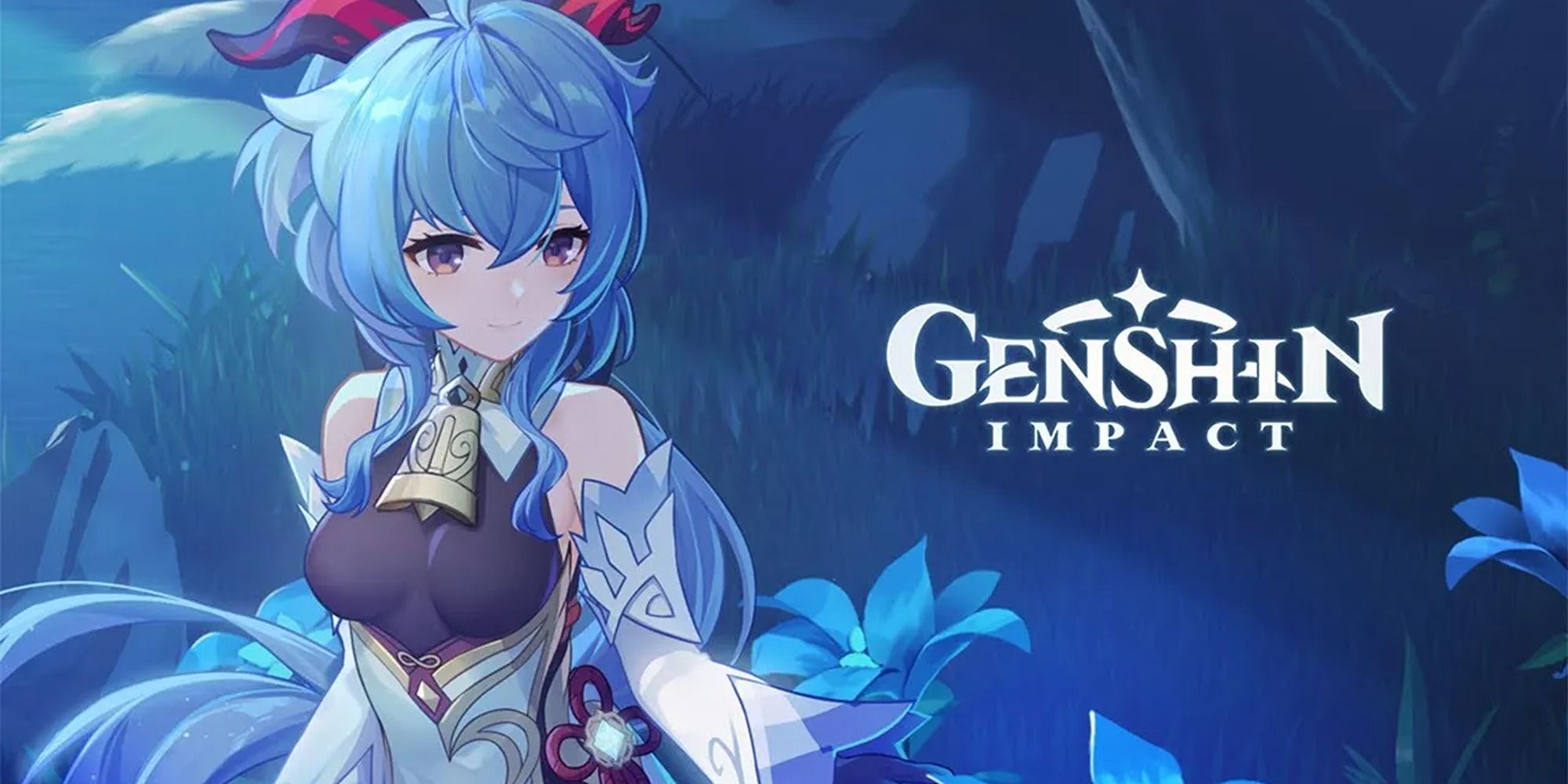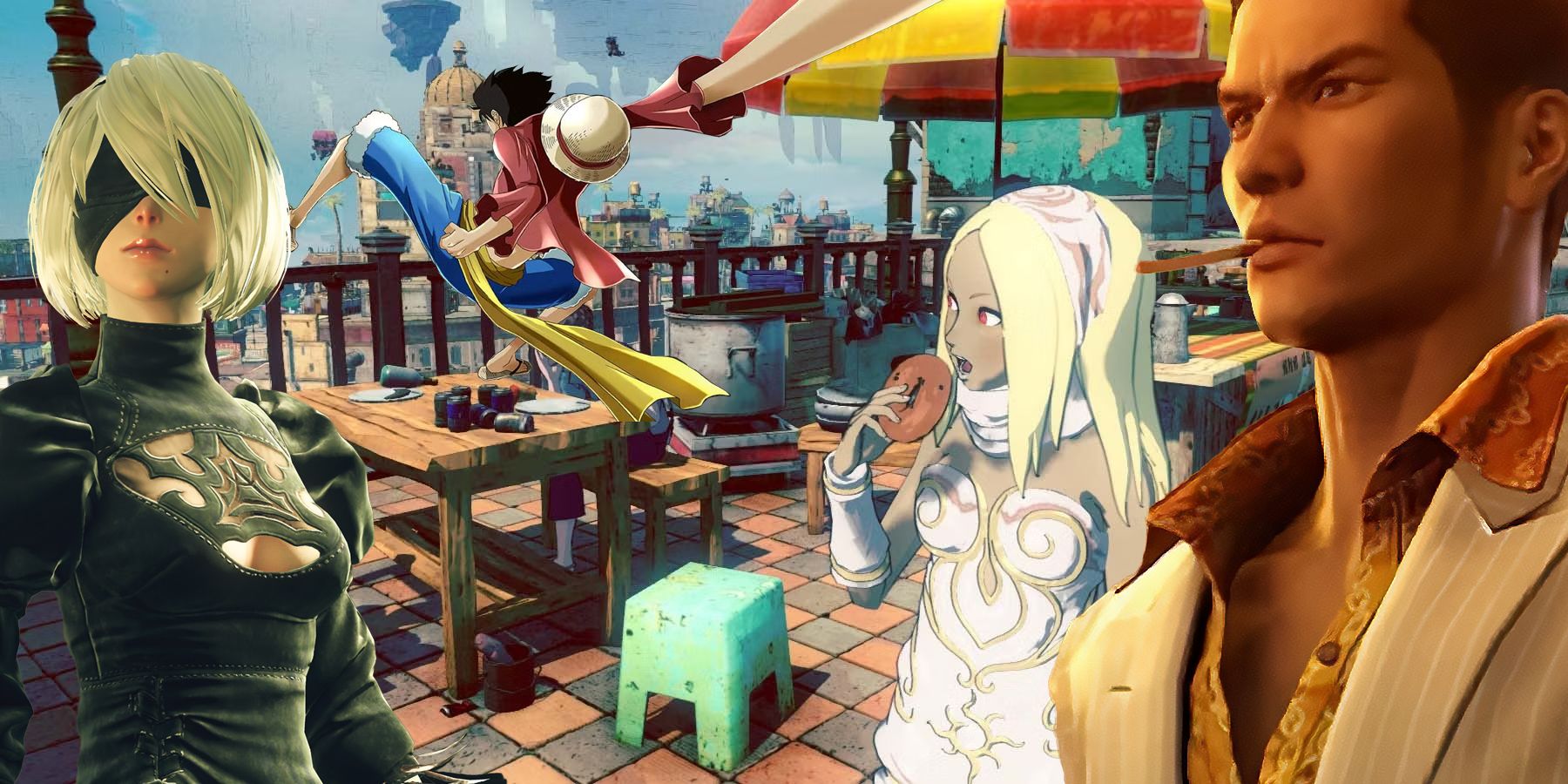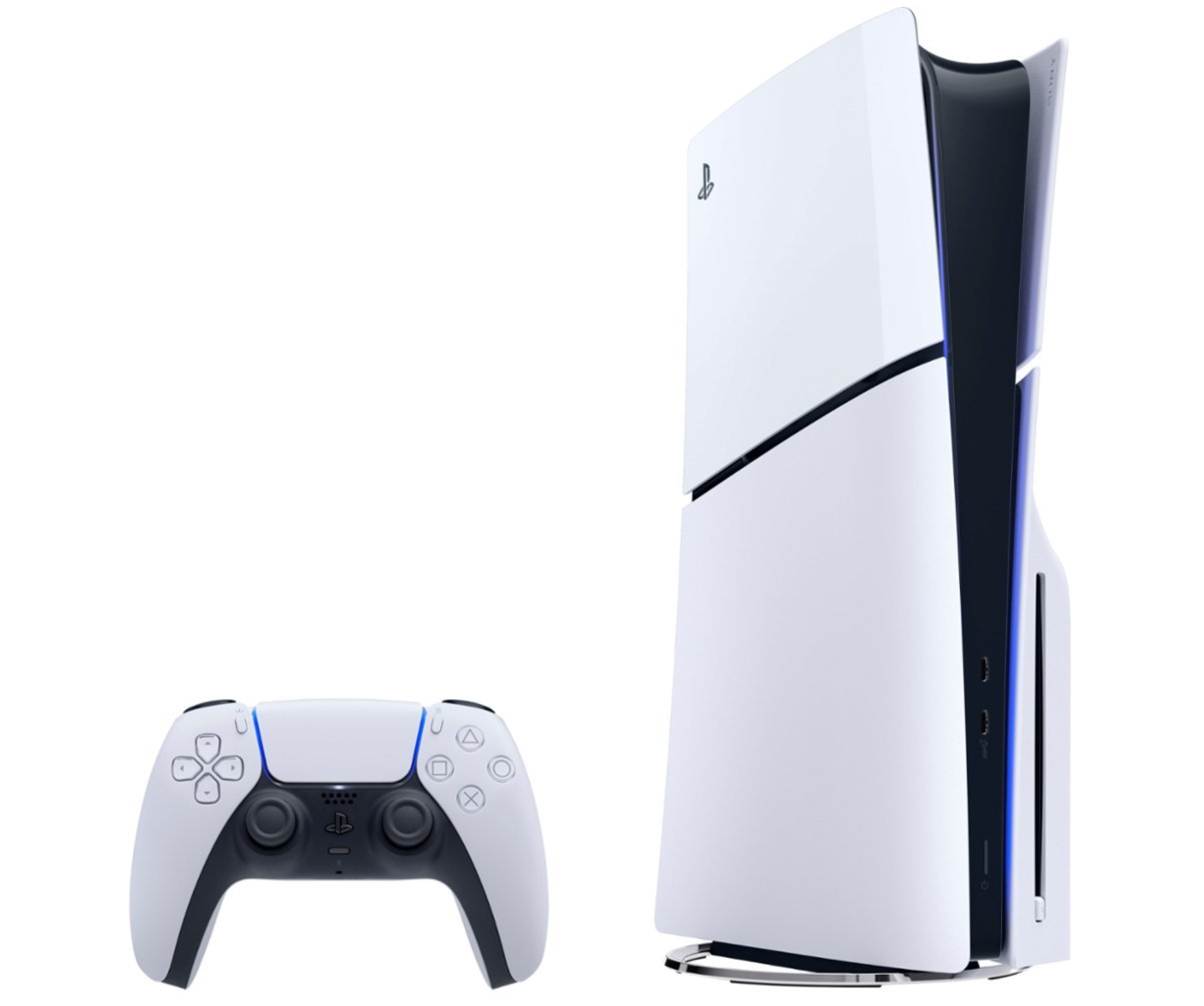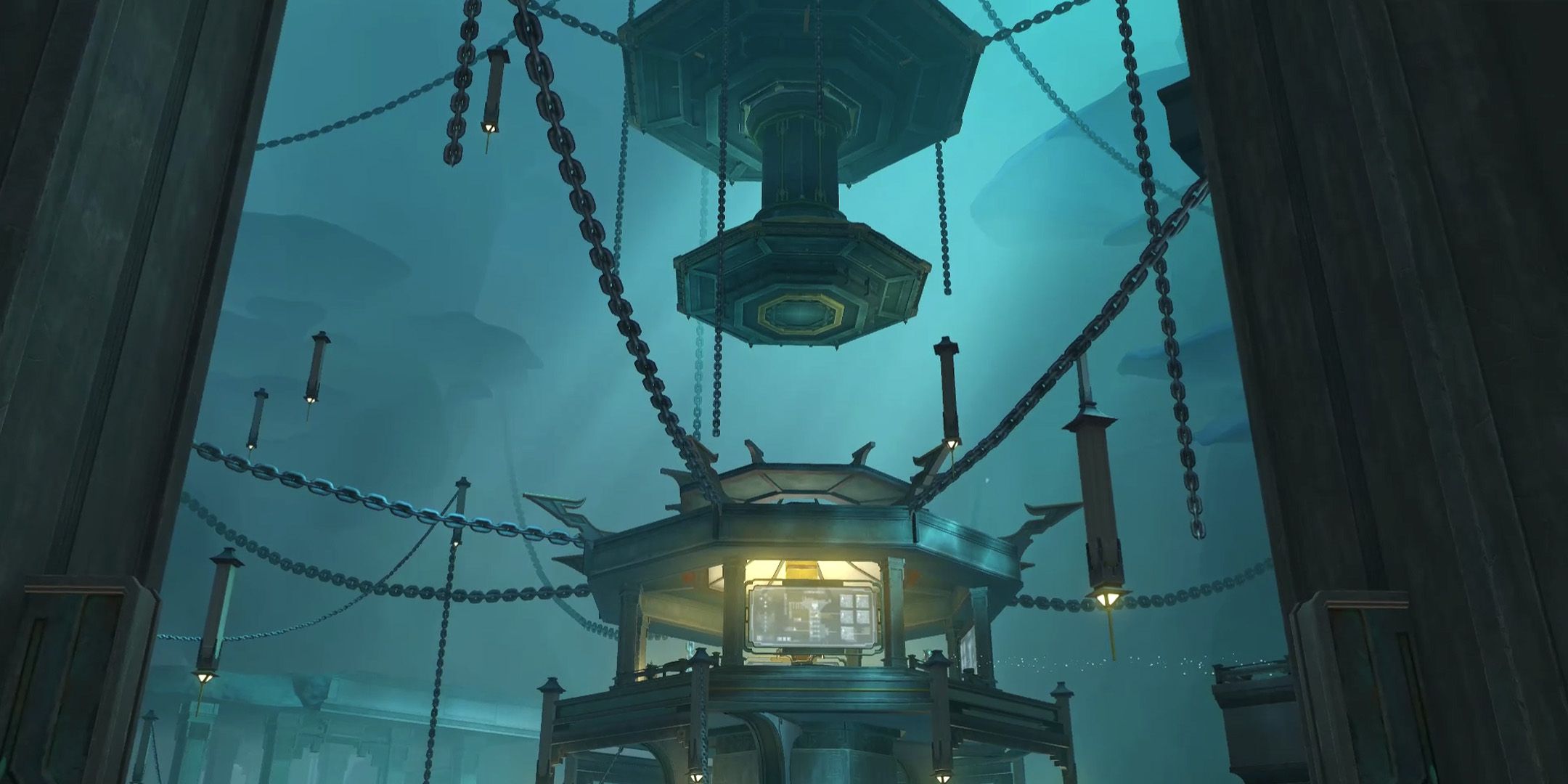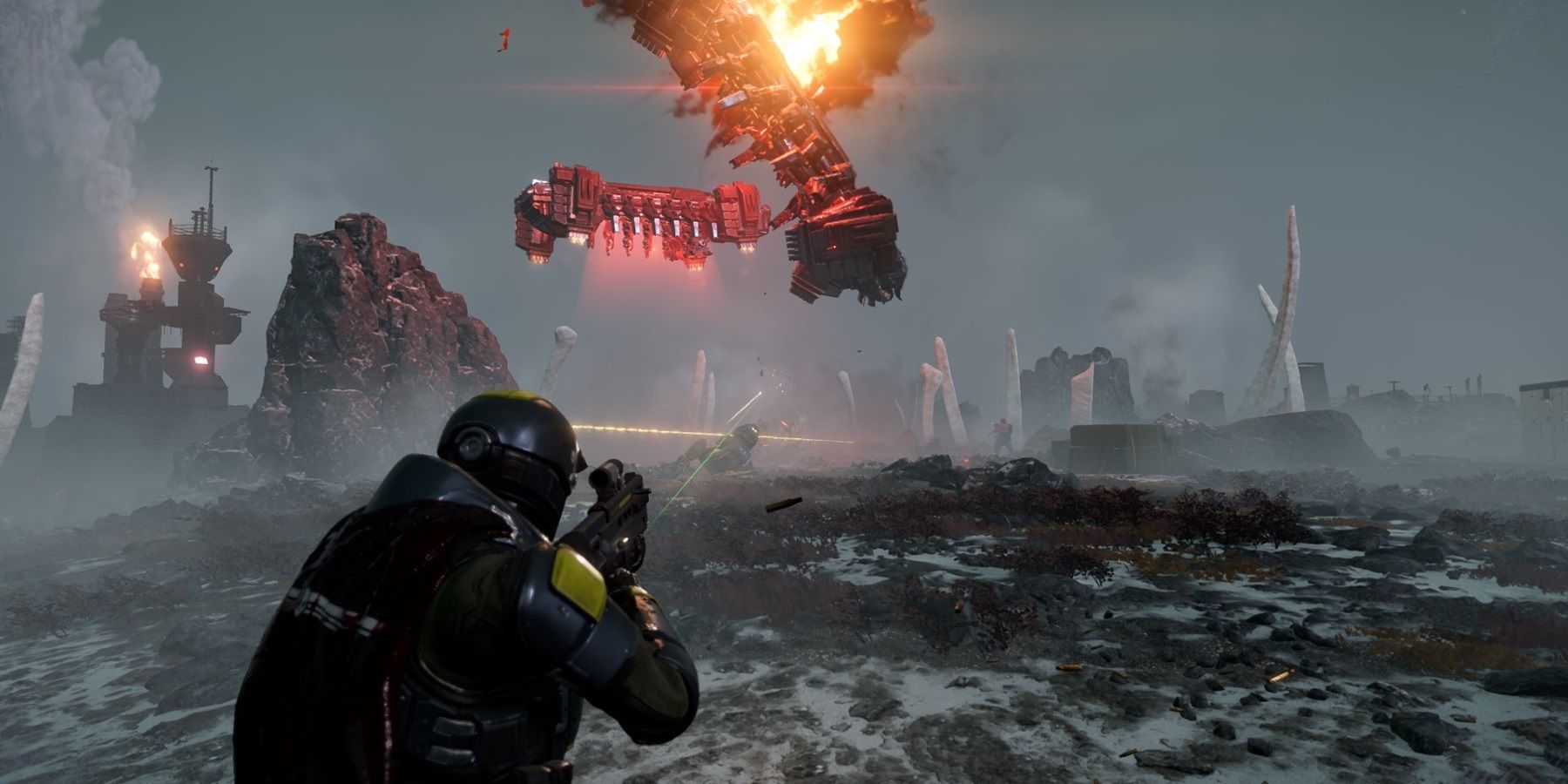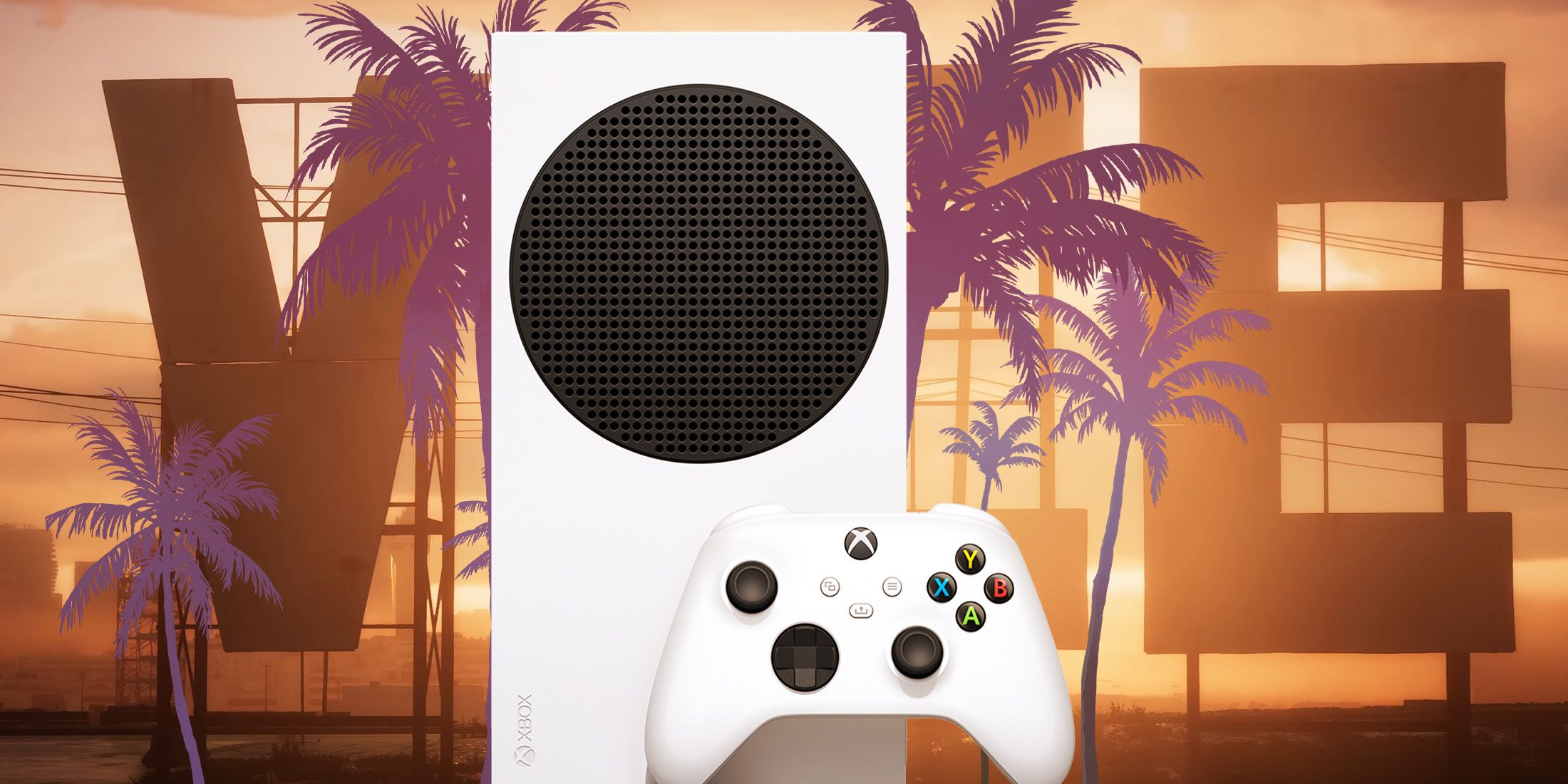Norse mythology has been used as the inspiration for countless pieces of entertainment for centuries, and that includes video games. Some of these video games take inspiration from Norse mythology in slightly less overt ways, such as The Elder Scrolls, which builds its own fantasy world based on concepts explored in Norse mythology. Some video games choose to embrace Norse mythology a bit more strongly, adapting mythological stories and characters directly. Age of Mythology: Retold is one such game.
2002’s Age of Mythology delivered three playable factions at launch, with one of those being the Norse pantheon. Being a faithful remake, Age of Mythology: Retold brings the original’s Norse gods and goddesses back to the fore, giving them new visual designs and some slightly reworked powers, some of which share similarities with God of War‘s own take on the Norse pantheon.
Age of Mythology: Retold’s Norse Gods Bear Some Obvious Similarities with God of War’s
Comparing The Visual Design of Age of Mythology: Retold and God of War’s Norse Gods
Generally speaking, Age of Mythology: Retold and God of War‘s Norse gods feature fairly different visual designs. While Age of Mythology: Retold‘s Norse gods all resemble their traditional depictions that have continued to circulate for thousands of years, God of War‘s Norse gods stray from these classic designs in a few subtle ways.
Age of Mythology: Retold‘s Thor has the traditional winged helmet, the long cloak, the shining gold armor, and of course, his trusty hammer, Mjolnir. God of War‘s Thor is much less armored than AoM‘s, but the two versions do share a long, plaited red beard and mane. Age of Mythology: Retold‘s Odin is an imposing, large figure, equipped with a shining gold eyepatch, gleaming silver armor, and a full head of white hair. God of War Ragnarok‘s Odin is much thinner by comparison and his outfit is much quieter, leaning into the character’s unassuming, deceptive nature.
Loki’s depiction in Age of Mythology: Retold differs greatly from God of War‘s, as AoM‘s version of the Norse trickster god is a fully-grown adult while God of War‘s is still a young boy. Heimdall’s depiction is also quite different across the two games, with Age of Mythology: Retold‘s version being a fully armored, brawny warrior, and God of War‘s being much smaller in stature.
Comparing The Powers of Age of Mythology: Retold and God of War’s Norse Gods
Age of Mythology: Retold gives each of its Norse gods and goddesses a God Power, a special ability that grants some kind of gameplay bonus. Thor’s God Power creates a Dwarven gold mine, Odin’s multiplies the number of animals in an area, and Loki’s lets players see an enemy unit’s line of sight. Odin’s Age of Mythology ability references the god’s affinity for animals, which is hinted at a few times in God of War Ragnarok.
Loki’s ability in Age of Mythology references the trickster god’s ability to shapeshift and spy on his enemies. God of War‘s version of Loki/Atreus can shapeshift into animals, can conjure illusions, and has increased agility and precognition, which aren’t direct similarities to Age of Mythology‘s Loki, but are still key points of crossover.
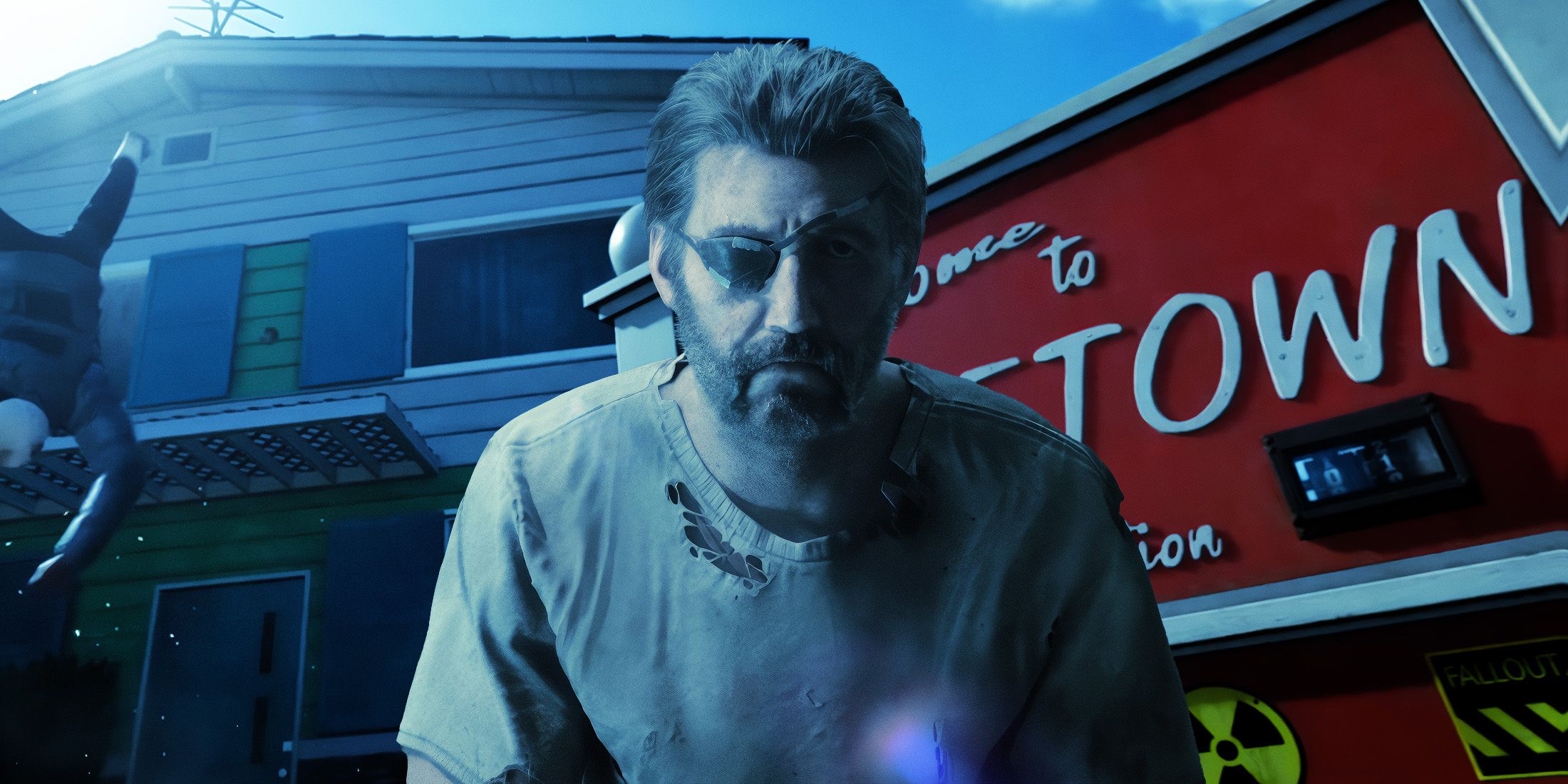
/cdn.vox-cdn.com/uploads/chorus_asset/file/25739519/wd_black_c50.jpg)
